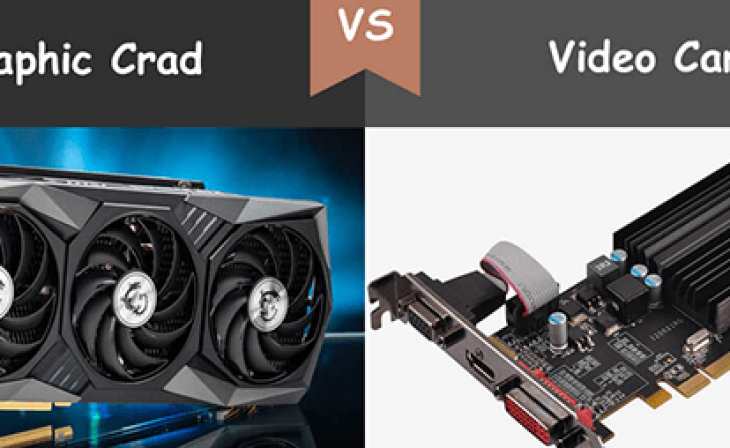Graphics Card vs. Video Card: Understanding the Differences
Graphics Card: Enhancing Visual Performance
A graphics card, also known as a GPU (Graphics Processing Unit), is a specialized component responsible for rendering and displaying visual content on a computer screen. It is designed to handle complex mathematical calculations and graphical tasks, such as rendering 2D and 3D images, animations, and videos. Graphics cards are particularly crucial in gaming, video editing, graphic design, and other multimedia-intensive applications that demand high-performance graphics processing.
A graphics card consists of a dedicated GPU chip, video memory (VRAM), and various components that facilitate communication with the computer's CPU and monitor. The GPU chip executes graphics-related computations and manipulates the graphical data, while the VRAM stores the necessary data, textures, and frames to ensure smooth rendering and quick access to visual assets. Additionally, graphics cards often come with dedicated cooling solutions, such as fans or heatsinks, to dissipate the heat generated during intense graphics processing.
Video Card: Handling Display Output
On the other hand, a video card, also referred to as a display adapter or display card, focuses primarily on handling display output signals and transmitting them to the monitor. Its main function is to convert the digital information processed by the computer into a format compatible with the monitor, allowing users to visualize the content on the screen.
A video card comprises components such as a video processor, video memory, digital-to-analog converters (DACs), and video output ports. The video processor is responsible for decoding and encoding video data, ensuring that the display output is accurately transmitted to the monitor. The video memory stores the data necessary for display output, including framebuffer information and display settings. DACs convert the digital signals generated by the video card into analog signals that the monitor can interpret. The video output ports, such as HDMI, DisplayPort, or VGA, provide the necessary connections to link the video card to the monitor.
Different Perspectives, Similar Functionality
While graphics cards and video cards have distinct technical components and functionalities, they work in conjunction to deliver optimal visual performance. A graphics card handles the computational tasks required to generate and manipulate visual content, whereas a video card focuses on transmitting the final output signals to the display.
It is worth noting that in modern computer systems, graphics processing capabilities are often integrated into the same physical card that handles display output, blurring the line between graphics cards and video cards. These combined solutions, commonly known as "graphics/video cards" or simply "GPU cards," provide both the graphics processing power and display output functionality in a single unit.
Also Check TP-Link TL-WR841N 300Mbps Wireless Router
Conclusion
In summary, the difference between a graphics card and a video card lies in their primary functions and underlying components. A graphics card is dedicated to processing complex graphics-related tasks, such as rendering 2D and 3D visuals, while a video card focuses on transmitting display output signals to the monitor. Although they serve distinct purposes, both components are crucial for delivering a seamless and visually immersive computing experience. Whether you're a gamer, a multimedia creator, or a casual user, understanding the differences between graphics cards and video cards can help you make informed decisions when selecting the appropriate hardware for your specific needs.




